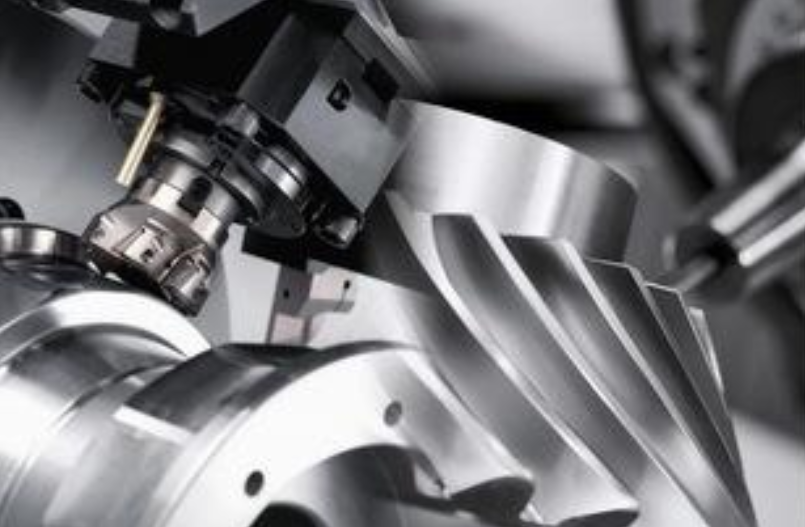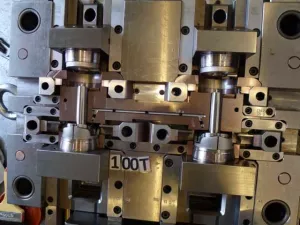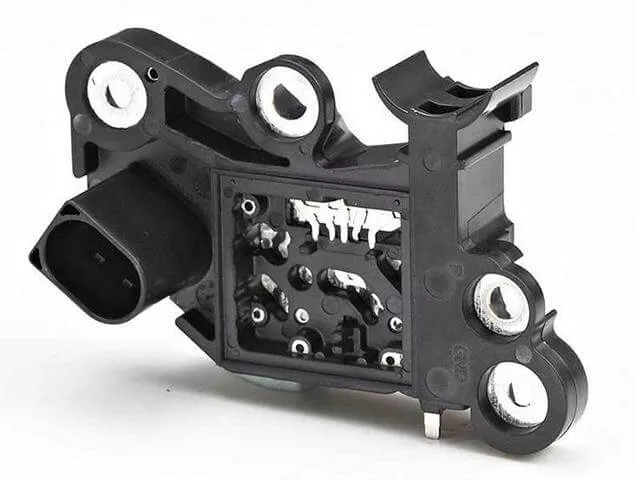injection mould manufacturers in china
- 2021-08-13
There is no certain criterion for the size of demoulding draft angle, and the most are determined by moldmakers experience and the deep draw of products. In addition, the molding method, wall thickness and plastic material should be also considered.
Generally , a certain amount of demoulding draft angle is required for any side of the molded product, injection mould manufacturers in china,so that the product can be smoothly ejected out of the mold. The draft angle is usually 0.5 ~ 1.
Rule of thumb,the following points need to be followed:
For deep draw and larger injection molded part, mold maker need take the smaller draft angle according to actual demand.
If the shrinkage is large, a larger draft angle should be selected.
When the plastic part wall thickness is thick, the molding shrinkage will increase, and the demoulding draft angle should be larger.
The demoulding draft angle of transparent parts should be increased to avoid scratching. Generally, the demoulding draft angle of PS materials should be no less than 2.5 ~ 3, and that of ABS and PC materials should be no less than 1.5 ~ 2.
The side wall of plastic parts with texture, sandblasting, etc. shall have a demoulding draft angle of 2 ~ 5 , depending on the specific texture depth.
The deeper the texture depth is, the greater the demoulding draft angle should be.
When the structure is designed to be shut-off, the draft angle of shut-off surface is generally 1 ~ 3.
direction of draft angle.Generally the inner hole is based on the small end, which conforms to the drawing, the draft angle is checked from the large end, the shape is based on the large end.
The demoulding draft angle is not included in the tolerance range of plastic parts as rule of thumb.
The demoulding draft angle of the shell profile plastic part is greater than or equal to 3. Except the shell surface, the demoulding draft angle of other features is 1 .
The wall thickness of plastic parts should be uniform as far as possible, avoiding too thin wall, too thick wall and sudden change of wall thickness.
If the wall thickness of plastic parts must be changed, gradual change or circular arc transition should be adopted, otherwise the plastic parts will be deformed due to uneven shrinkage, which will affect the strength of plastic parts and the fluidity during injection molding.
Thickness difference shall be controlled within 25%[xss_clean_space]between each walls, and the minimum wall thickness of the part shall not be less than 0.4mm, and the area shall not be greater than 100mm².mould manufacturers in china
The wall thickness of plastic parts is generally in the range of 1 ~ 5 mm. The most common is 2 ~ 3 mm.
Try not to design ribs and boss too thick. It is recommended to take half of the body wall thickness , otherwise it will easily cause appearance problems such as sink marks.
Try not to design the part as a single flat plate with the very small size, otherwise the deformation will lead to unevenness of the part.
Injection molding hesitation
Hesitation refers to a phenomenon in which one flow is caused to slow down or stop at a specific point in the flow path. The thick passage in a cavity in which the plastic will fill first is more likely to present less resistance to the flow of plastic than a thin passage.
 Depending upon where the gate is to be placed, The cavity can either be filled with a thin or thick section by melt plastic, although the thicker section will usually cover the space first because the flow resistance along the thicker route is less.Consequently, the plastic can start to slow down in the thin section and eventually stop.
Depending upon where the gate is to be placed, The cavity can either be filled with a thin or thick section by melt plastic, although the thicker section will usually cover the space first because the flow resistance along the thicker route is less.Consequently, the plastic can start to slow down in the thin section and eventually stop.
If the plastic slows down once it starts to cool, it will lose viscosity more rapidly, so this will inhibit the flow even more, making the plastic harden. At that point the problem is self propagating as the plastic itself begins to have a hardened surface.
Hesitation can develop as a result of the significant changes in the wall thickness/shape of the flat ribs and the thin section of the parts that have a large deviation in wall thickness/shape.
Whenever a part injection molding is hesitant, it can reduce product quality since there will be variations in surface appearance, poor packing, or high stresses, and changes in the orientation of plastic molecules may change the part’s quality. Another possibility is that the flow front can freeze, leaving the cavity unfilled(short shot) because of the hesitation .
-
TAG:








Send Your Inquiry Now